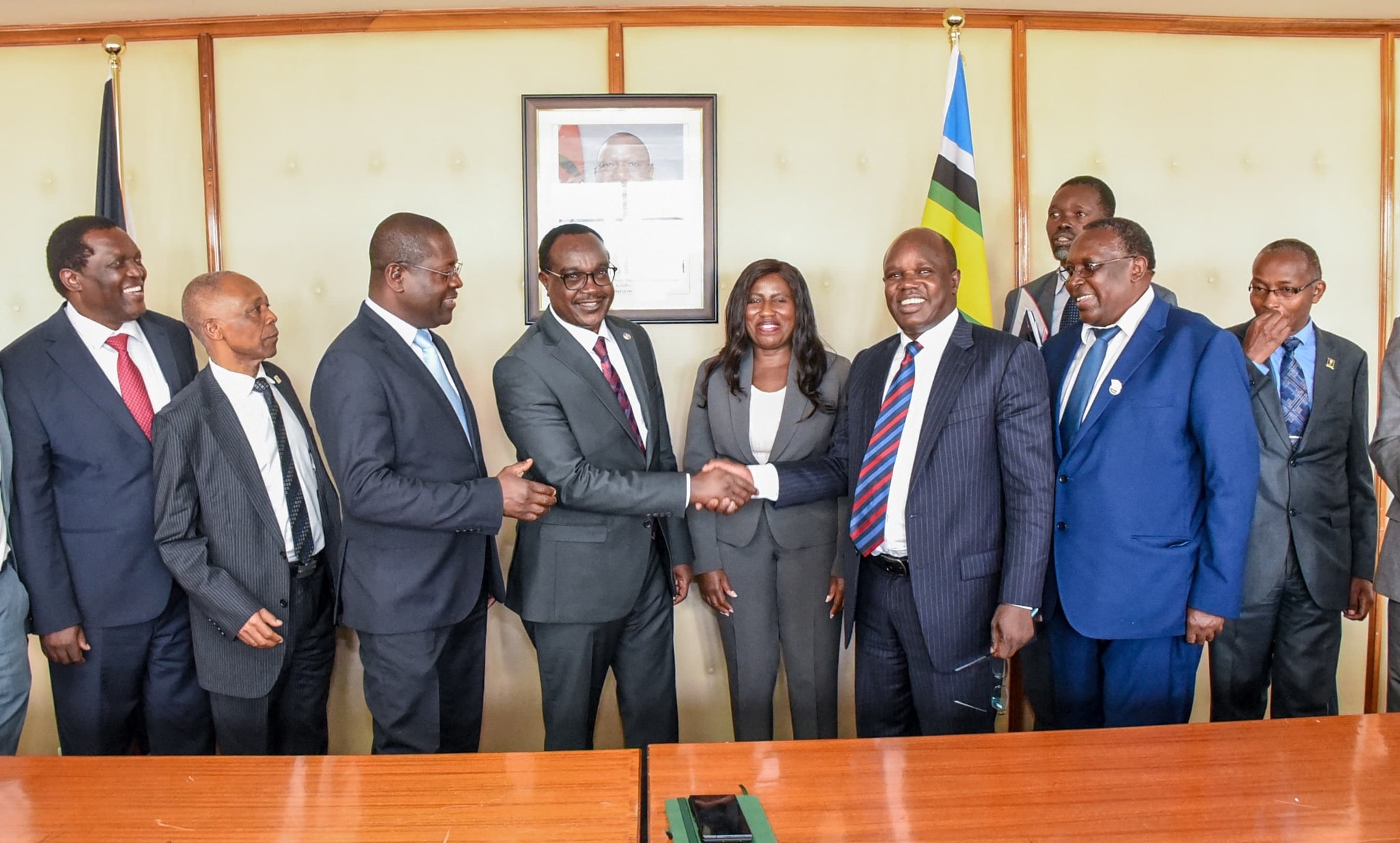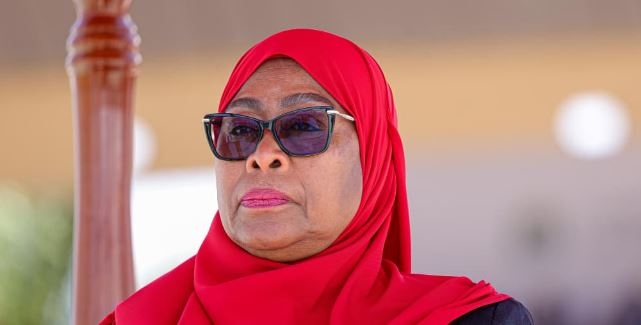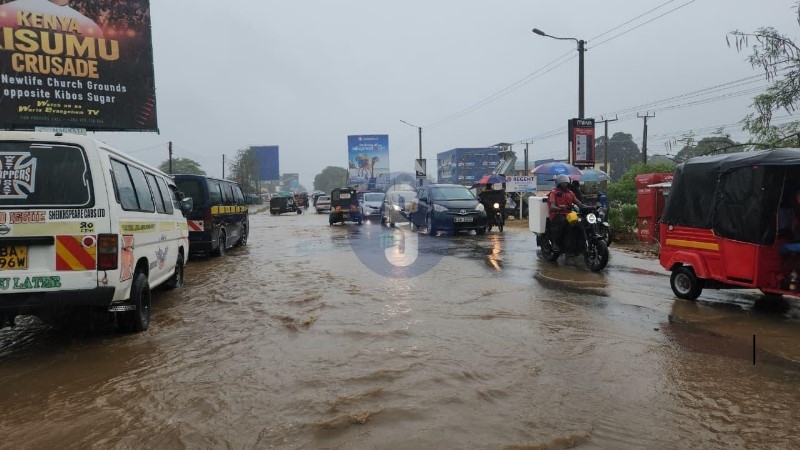 Two acres of land adjacent to Kirinyaga county headquarters in Kutus that had been grabbed by private individuals and has been repossessed.?ALICE WAITHERA
Two acres of land adjacent to Kirinyaga county headquarters in Kutus that had been grabbed by private individuals and has been repossessed.?ALICE WAITHERAThe Kirinyaga government has repossessed more than 800 acres of public land valued at Sh1 billion that had been grabbed by private entities.
The prime parcels, mainly in major towns, were illegally acquired by well-connected individuals during the era of the former local authorities.
The land had been set
aside for key public amenities such as hospitals, courts, police stations,
markets, schools, irrigation dams, bus termini, and playfields.
Governor Anne Waiguru said the illegal takeovers had denied residents access to essential services and disrupted development plans. She vowed to continue recovering all grabbed public land.
“Anybody sitting on grabbed land should surrender it to the government. Such land is meant to serve the collective good, not private interests,” she said.
“Public land supports future development like roads, affordable housing, and public utilities—if grabbed, these plans are disrupted.”
One of the most significant recoveries is the 242-acre parcel in Thigirici, where the county is building the Sagana Industrial Park.
“We went to court and won. They appealed, and we won again. I wanted this land back for the people of Kirinyaga because we have big plans for industrial growth,” the county chief said.
Waiguru said recovery efforts are not politically motivated but are aimed at fostering development and improving residents’ livelihoods. She said safeguarding public land helps conserve forests, wetlands, and water catchment areas critical to biodiversity.
Properly managed public land, she said, attracts investment, supports agriculture, housing, and industry, and boosts the county’s economy.
Other recovered parcels include land for the Kerugoya affordable housing project, Kerugoya clothes market, Kutus bus park, Mwea “red soil” research land, Baricho Stadium, and the Nyangati MCA’s office.
Lands executive Samuel Kajombe said the county is pursuing several other parcels still under dispute in court, including land designated for the Gichugu law court, the Kianyaga police station, and 18 hectares (44 acres) meant for the Murinduko dam and experimental farm.
He said the county is also working to reclaim 700 acres of South Ngariama land reserved for public use—including police stations, hospitals, schools, and playgrounds.
Kajombe revealed that some of the lands were taken by individuals who had earlier been compensated with alternative plots after government acquisition but later returned to reclaim or sell the same parcels.
The county’s effort has also helped institutions like the PCEA Kianyaga, which recently reclaimed land it lost to a private entity in 2013.
Last Sunday, congregants held their first service on the site in two years after a court ruled in the church’s favour.
“We are grateful that the county
government helped us regain our land after being evicted from the property we had
occupied for more than 30 years,” Kirimara West presbytery moderator Wilson Maina said.
INSTANT ANALYSIS
Kirinyaga’s ongoing land recovery drive exposes deep-rooted corruption in past local authorities where public land was allocated to private individuals.
The
reclaimed parcels, including the 242-acre Sagana Industrial Park site, are
critical to the county’s long-term development. The aggressive repossession
push underscores growing county-level resolve to restore public assets for
shared use and future growth.

















